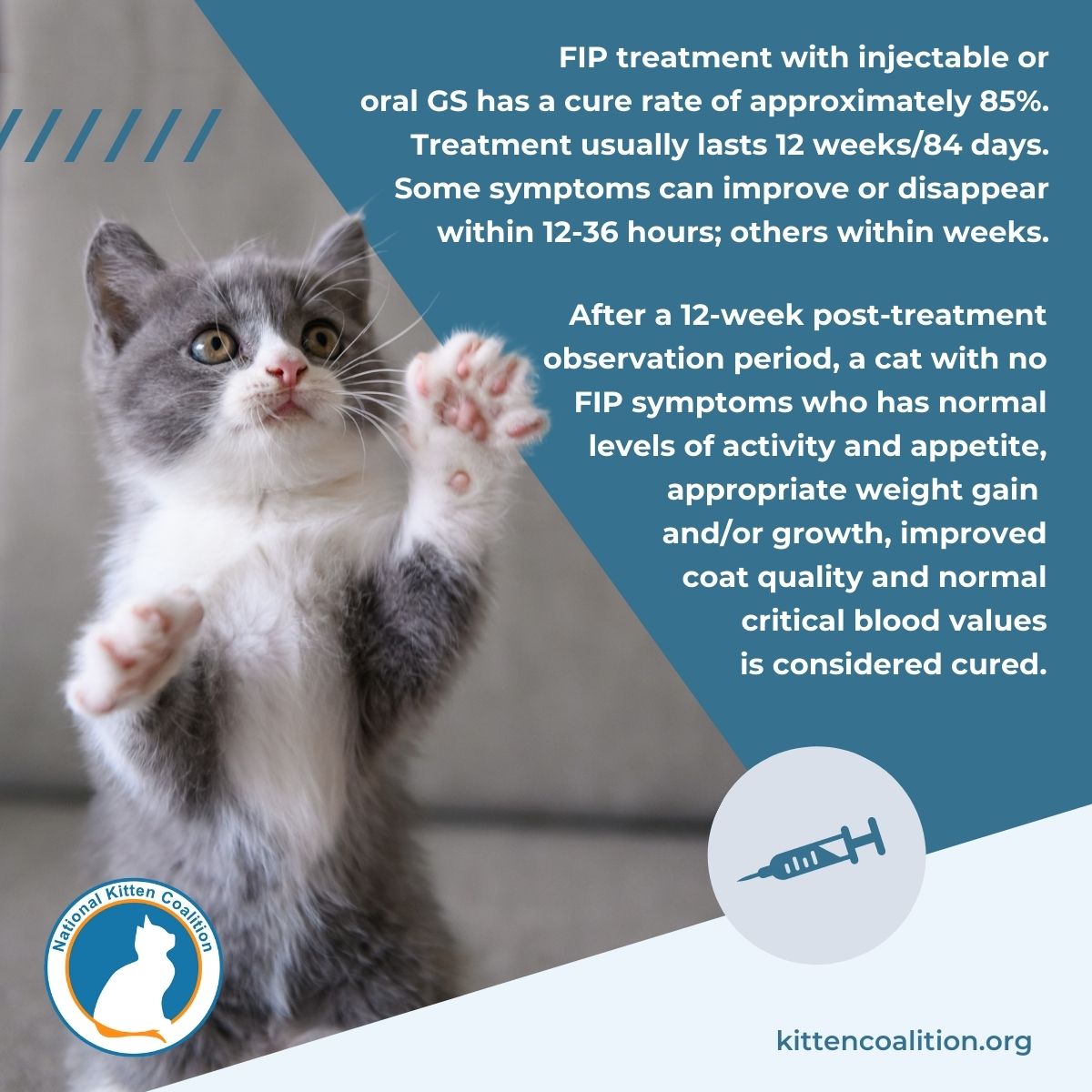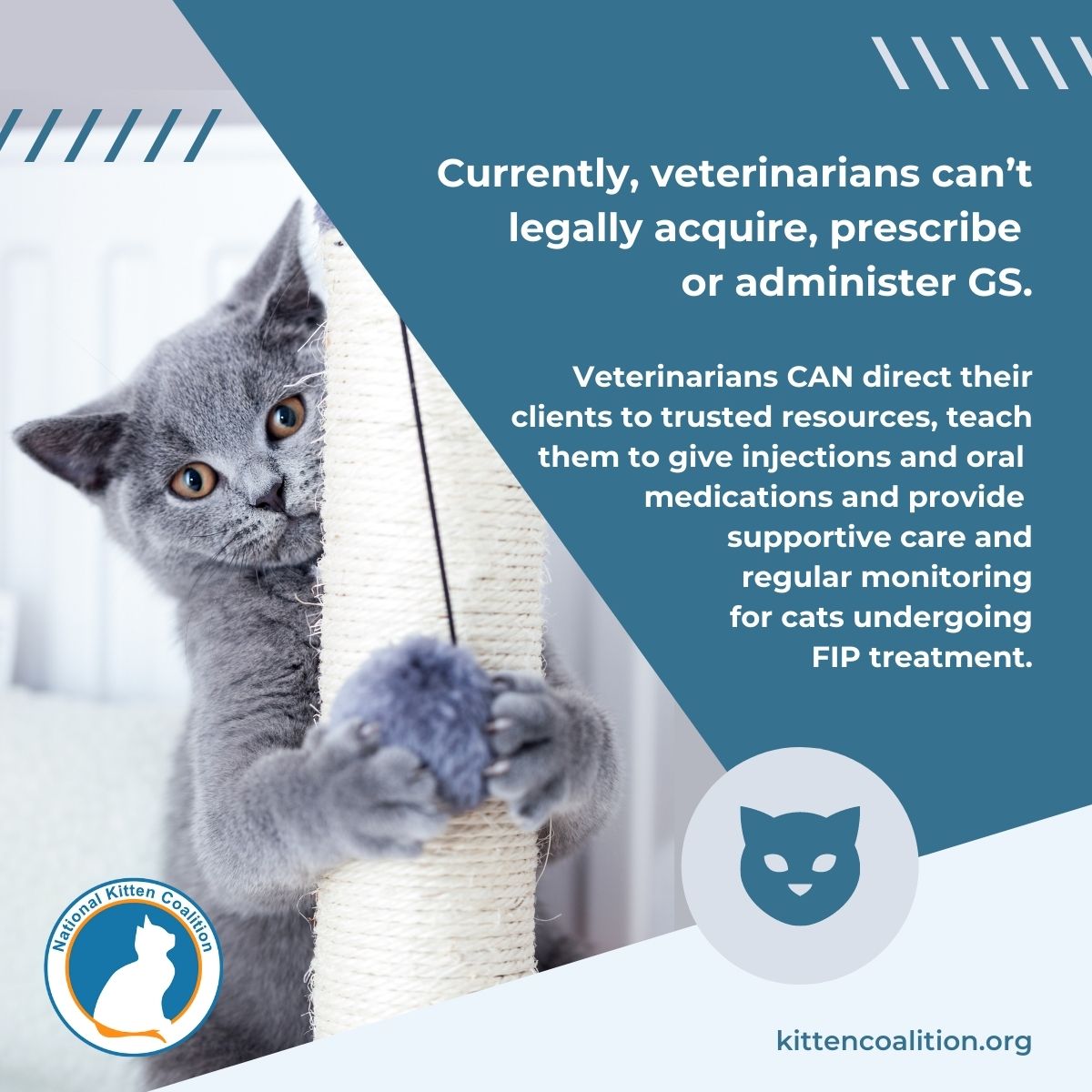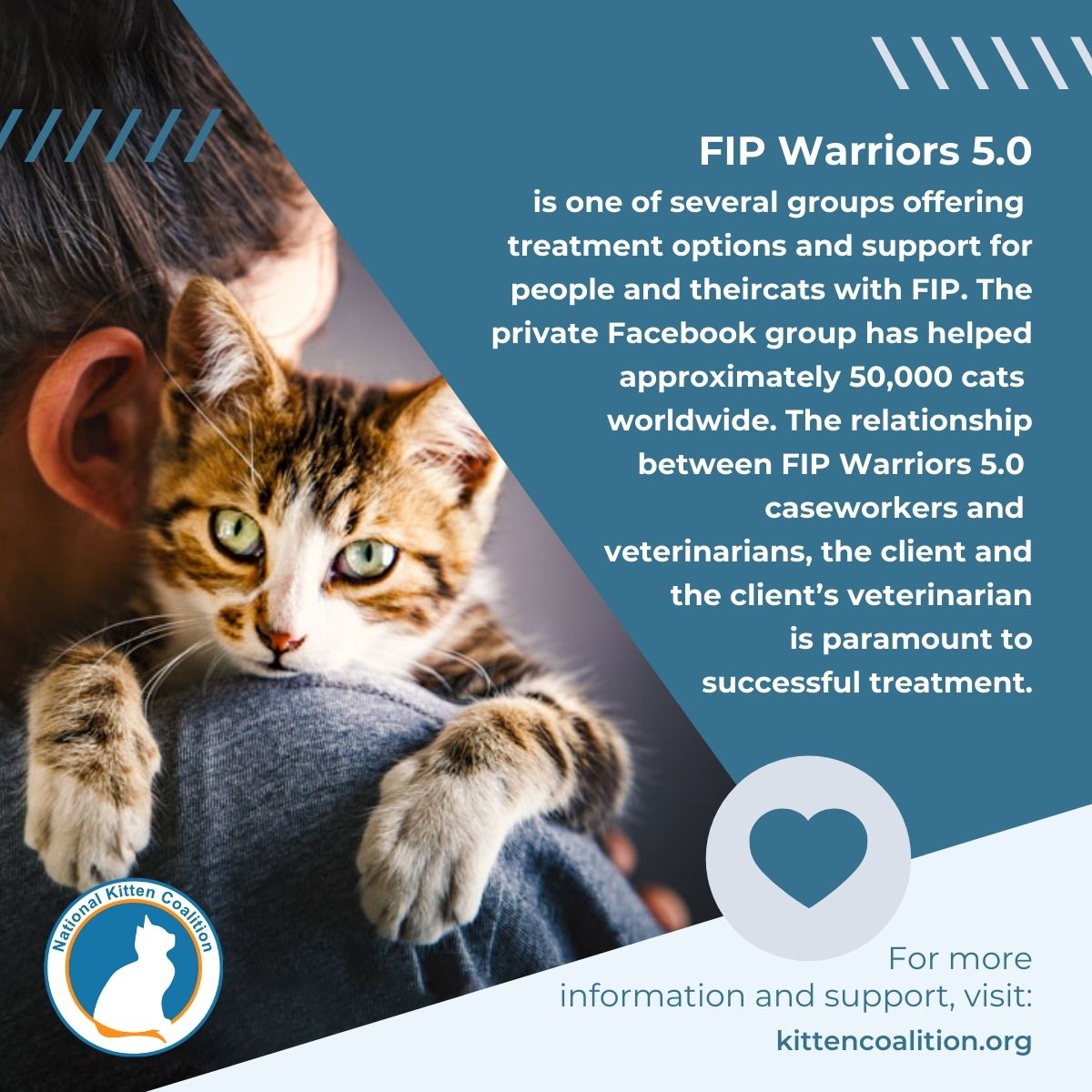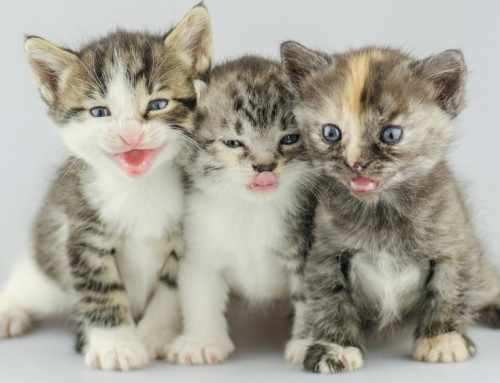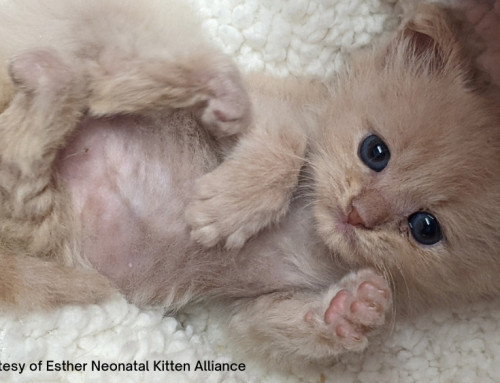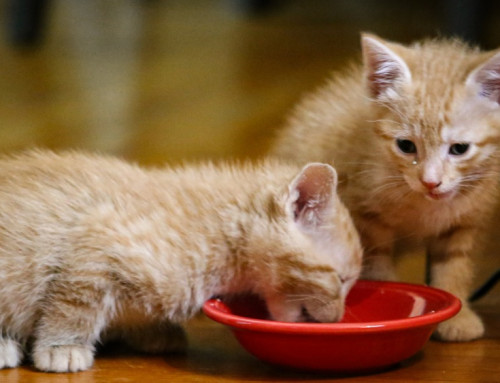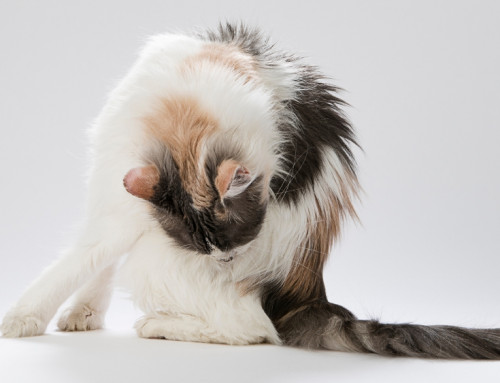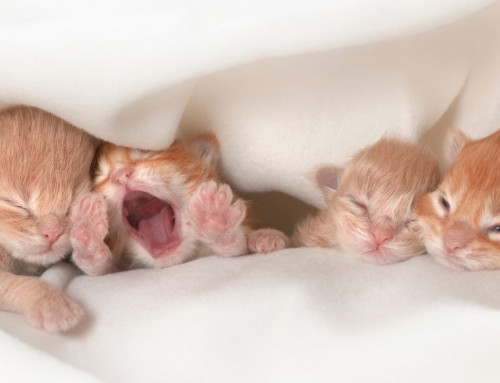Share this resource or email it to a friend!
NOTE: FIP treatment is rapidly changing. Please visit Cornell Feline Health Center, EveryCat Health Foundation, FIP Warriors 5.0 and University of California Davis Koret Shelter Medicine Program for the most up-to-date information.
Treatment update: As of June 1, 2024, Stokes Pharmacy will offer a U.S.-made oral treatment for FIP. This website, provides important information for veterinarians and their clients.
This is part 4 of a 5-part series on FIP. Please read parts 1-3 in The National Kitten Coalition’s website.
Dr. Niels Pedersen, Professor Emeritus at the University of California Davis School of Veterinary Medicine, has worked for 30 years to find a cure for FIP. In 2019, the results of his studies were published, coauthored by Gilead Sciences, the company that invented and patented GS-441524 (GS). The studies showed that GS blocks the viral replication of FIP and has a cure rate of approximately 85%.
However, Gilead has not licensed GS for animal use in the United States. This has led desperate cat parents to obtain GS from unverified sources in China. It’s important to be cautious when seeking information about FIP treatment and products.
FIP treatment with GS, in injectable or oral form, usually lasts 12 weeks/84 days. FIP symptoms of fever, loss of appetite and inactivity can improve or disappear within 12-36 hours; effusions (fluid) in the abdominal cavity within 10-14 days; and jaundice within 2-4 weeks.1
When GS treatment was in its infancy, the injectable form was preferred. A major side effect of the injectable form is pain at the injection site; medications can be prescribed and given to minimize the pain prior to injecting.
Now that both forms have been used for some time with equal efficacy and the cost of oral GS has come down, more cats are being treated with oral GS. Side effects of oral GS haven’t been serious, but depending on the product have included lymphocytosis (an increase in disease-fighting white blood cells called lymphocytes), eosinophilia (an increase in disease-fighting white blood cells called eosinophils) and elevated liver enzyme activity.2
Cats with issues such as vomiting/regurgitation and diarrhea are not considered good candidates for starting with oral GS; they’re often started with GS injections until their gastrointestinal issues resolve at which time they may be switched to oral GS.
A cat is considered cured after a 12-week post-treatment observation period. A cat who is considered cured with GS treatment has no FIP symptoms and regains normal levels of activity, appetite, appropriate weight gain and/or growth and coat quality, as well as normal critical blood values.
Relapses that occur during the post-treatment observation period are usually due to infections that have escaped to the central nervous system during treatment for FIP which was not accompanied by neurological or ocular signs.
Treatment failures may occur due to incorrect diagnosis, poor quality GS, drug resistance, improper dose adjustment (once a cat gains weight), other diseases or medical conditions affecting the cat or a client’s inability to continue treatment due to financial constraints.
As of this writing, veterinarians can’t legally acquire, prescribe or administer GS. However, they can help direct their clients to trusted resources, teach their clients to give injections and oral medications and provide supportive and monitoring care for cats undergoing treatment.
There are several groups offering treatment options and support for people and their cats with FIP. One is FIP Warriors 5.0, a private Facebook group that maintains a list of veterinarians in each state who will help clients using GS. There is also a separate FIP Facebook group for veterinarians, which currently has more than 11,000 members. FIP Warriors 5.0 advises that GS can’t cure a cat without additional supportive care and regular veterinary monitoring.
FIP Warriors 5.0 consults daily with its team of several veterinarians for help with FIP cases, and its veterinarians can speak peer-to-peer to a client’s veterinarian about GS treatment. This relationship between FIP Warriors 5.0, the client and the client’s veterinarian is paramount.
Pet parents who access the FIP Warriors 5.0 Facebook page and answer a few questions are contacted by an administrator offline. If a pet parent is approved to join the group, an administrator knowledgeable with FIP and its treatment options serves as a case manager and can help the pet parent navigate FIP treatment options.
Pet parents receive a huge amount of emotional support and general treatment information via administrators and private groups of pet parents who are dealing with or have dealt with FIP. At this time, FIP Warriors 5.0 has helped approximately 50,000 cats worldwide. The cost to treat a cat in the United States can start under $1,000, but can be considerably higher based on the type of FIP, each cat’s weight and the product that is used.
Encouraging news is that Anivive Lifesciences is working to obtain FDA approval of GC376 (GC) for the treatment of FIP in cats. The company developed GC, a broad-spectrum antiviral medication that is said to reverse FIP symptoms within 48 hours and successfully halts the replication process of FIPV-infected macrophages with no significant side effects. FDA approval may be a year or more away.
In part 5 of this series, we discuss control and prevention of FIP.
References
- Efficacy and safety of the nucleoside analog GS-441524 for treatment of cats with naturally occurring feline infectious peritonitis. (J Feline Med Surg. 2019 Apr; 21(4): 271–281.)
- Curing Cats with Feline Infectious Peritonitis with Oral Multi-Component Drug Containing GS-441524. (Viruses.2021;13(11):2228.)



